- Air Homepage
- Alberta Air Quality
- Prevention of Air Pollution
- Emissions Data Quality Control Methods
A Guide to Emissions Data Quality Control Methods
Section 3.0 of the Alberta Annual Emissions Inventory Report (AEIR) Program Handbook discusses which emissions data quality control methods are important in air quality. This handbook is intended to help you identify Schedule 1 and 2 materials and understand reporting thresholds.
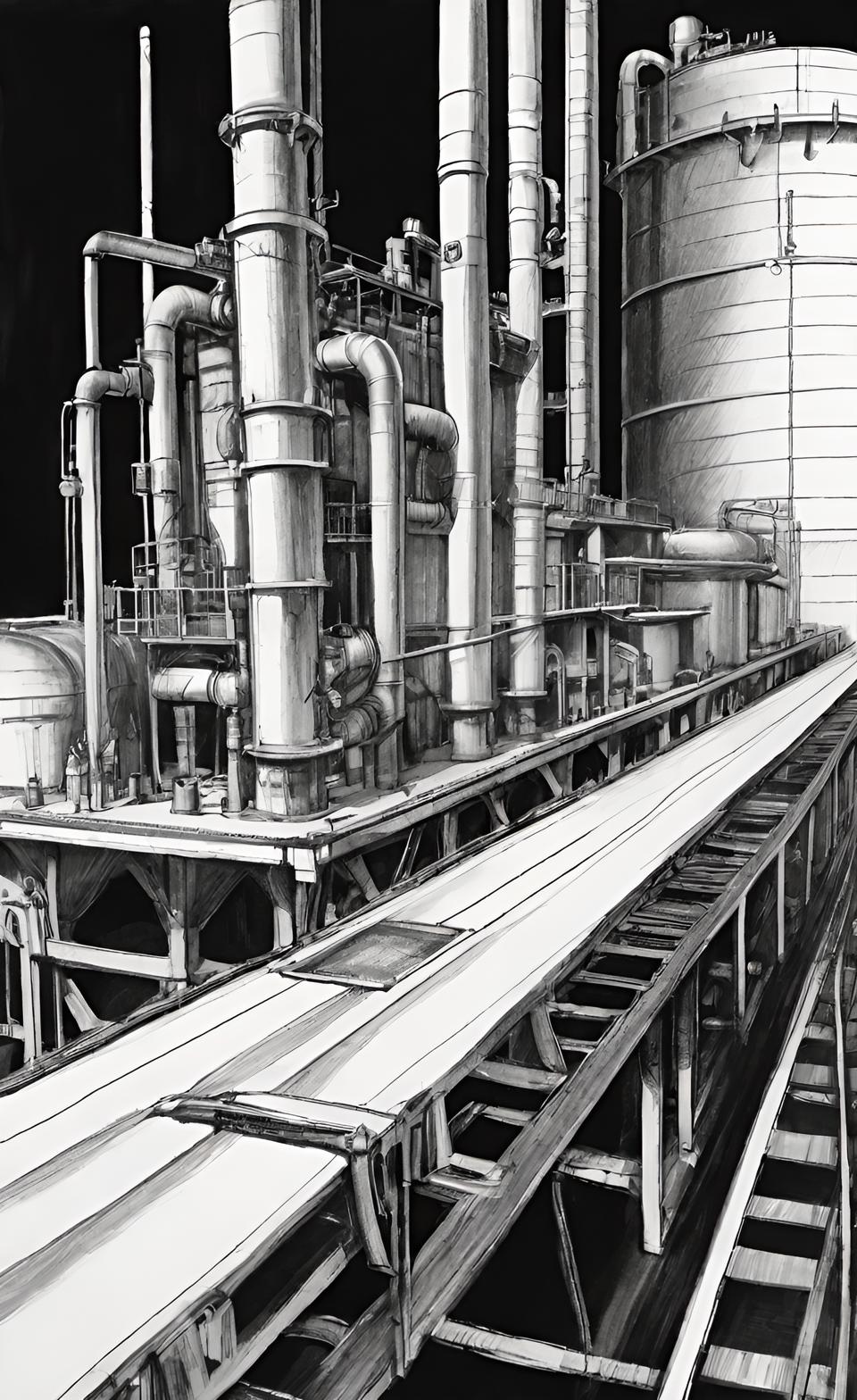 Help with reporting and validating air emissions
Help with reporting and validating air emissionsAre you in need of air pollution regulations, policies and technology advancement information to mitigate air pollution? Good practices for data quality assurance across different settings like data analysis, management, integration and reporting? Data validation, cleansing, profiling, auditing as well as error detection and correction might be part of a quality assurance process.
Correctly determining emission rates, using significant figures and rounding techniques are ways to adhere to standards and report accurate and consistent data. Besides fulfilling legal requirements, these control techniques provide your company or client with an opportunity to improve your environmental accountability and transparency.
Emissions data quality control methods summarized
These methods ensure emissions data is reliable and accurate for regulatory compliance, environmental protection, and public health. By implementing robust quality control measures, organizations like yours can improve their environmental accountability and transparency:
- Validating emissions data from industrial stacks, checking for errors and anomalies in data.
- Inspections and reviews of data collection and reporting, like auditing air quality monitoring stations to make sure pollution levels are accurate.
- Report CO2 emissions (for instance) to an standard number of significant figures to match measurement precision to reflect measurement precision.
- By rounding data, you avoid over-precision, like rounding particulate matter concentrations (PM2.5) to the nearest microgram.
- Systematically identifying and fixing errors in data, like detecting and fixing anomalies in continuous monitoring emissions.
- In addition to standardizing data collection, processing, and reporting, we measure and report sulfur dioxide (SO2) emissions according to EPA guidelines.
- Archiving and documentation means keeping detailed records of data collection methods, sources, and changes, and keeping calibration records for air quality sensors.
- Uncertainty includes calculating and reporting emissions data uncertainty, like uncertainty ranges for greenhouse gas emissions.
- An analysis of comparative data can mean finding discrepancies between reported data and historical data, or comparing current year's emissions to last year's.
- The peer review process involves independent experts reviewing data and methods, such as submitting emissions inventory reports.
Industries can confidently work through complicated emissions reportage when using this extensive source.
So here we go...Section 3.0 - Sources, Substances, Reporting Thresholds, and Overall Information. Read on.
3.1 - Inventory Year and Reporting Year
An AEIR covers a calendar year (Jan 1 - Dec 31) as its "inventory year." If reporting thresholds are exceeded, submit the AEIR by Sep 30 of the next "reporting year" and follow the emissions data quality control methods specified in the Handbook.
3.2 - Sources, Equipment and Pollution Controls to Include for the AEIR Program
In the AEIR Program, you need good emissions data quality control methods to report emissions from various sources, equipment, and pollution controls. Pollution control includes release points (like stacks), equipment connected to these points, and ways to control pollution.
General Sources, equipment and controls to include:
- Emission Sources (points and non-points).
- Equipment related to these sources.
- Equipment and tech for pollution control.
Some examples of what to include:
- Directly emitting equipment.
- One release point for multiple pieces of equipment.
- Pollution-control equipment.
- Setups with shared pollution controls.
Points to remember:
- Report sources that are necessary or supporting industrial activities, and those that result from operations (such as tailings ponds).
- Don't include very minor sources.
- Also include approved sources that are not operating yet, temporarily shut down, and recently decommissioned.
- Planned but not-yet approved sources shouldn't be reported.
Here are some references:
For more info, check out Sections 6-10 of the AEIR Standard. Appendix D has examples and sector-specific lists. Tracking and managing pollution is easier when you understand how these emissions work.
3.3 Schedule 1 Substances
Industrial operations have to report air emissions of Schedule 1 substances under the AEIR Program. Here's what you need to know.
Requirements for reporting:
- All Schedule 1 substances must be reported if you meet the reporting criteria (see Sections 3.7 and 3.8).
- It's possible to declare some substances negligible and exclude them from reporting (Section 3.13).
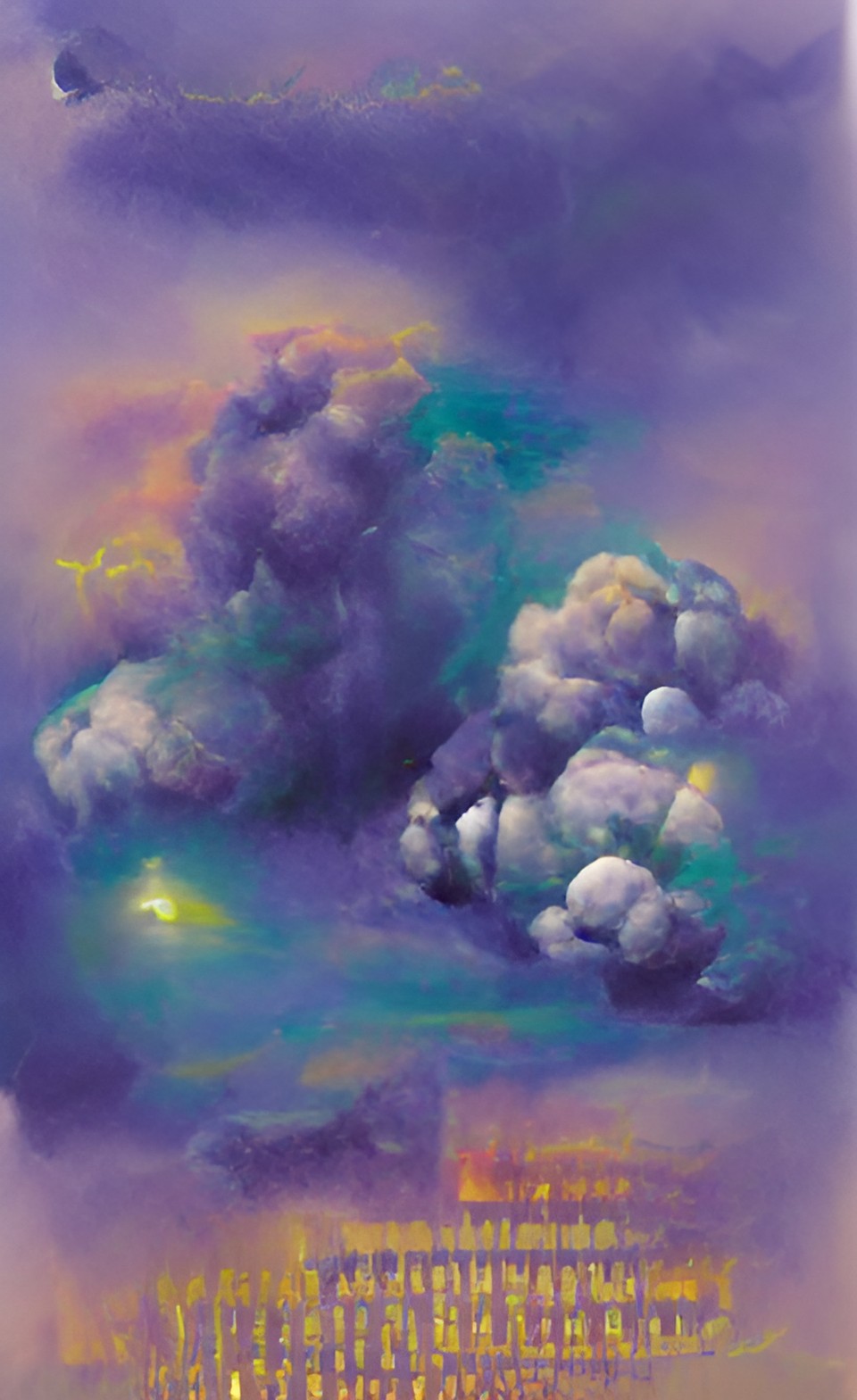 A tainted sky
A tainted skySubstances on Schedule 1:
In Alberta, there are eight common air contaminants in Schedule 1. Here's what they are:
- SO2 (sulfur dioxide)
- Nitrogen oxides (in particular, nitrogen dioxide, NO2)
- CO (carbon monoxide)
- VOCs (volatile organic compounds)
- Ammonia
- Particulate Matter Total which includes,
- Particles of 10 microns or smaller in size (PM10)
- Particles sized 2.5 microns or less (PM2.5)
A few introductory notes:
- Each substance has a definition and description.
- When sulfur-containing materials are burned or processed, sulfur dioxide (SO2) is produced.
- Nitrogen oxides (NOx) include nitric oxide (NO) and nitrogen dioxide (NO2), which are reported on an NO2-equivalent basis. Exclude nitrous-oxide (N2O).
- Fuels based on hydrocarbons produce carbon monoxide (CO).
- Particulate matter (PM) consists breathable particles in different size categories (TPM, PM10, PM2.5). Leave out secondary PM, which forms only after the ingredients exit the site.
- Volatile organic compounds photochemically react in the air. There are more than a thousand VOCs.
- Nitrogen and hydrogen make up ammonia (smelly NH3).
Substance-specific notes:
- There are notes and requirements for each substance. For instance, Other SOx gases aren't included in SO2 reporting.
NOx emissions include both NO and NO2, so they should be reported as NO2-equivalents.
- CO2 (Carbon dioxide) emissions aren't reported with CO emissions.
- PM only counts primary particulate matter (directly emitted).
Various organic substances participate in atmospheric reactions and are included in VOCs.
Not everything is included. Regulations may exclude some substances. Tracking and managing industrial air emissions requires understanding emissions data quality control methods and accurately reporting Schedule 1 substances.
3.4 Schedule 2 Substances
Schedule 2 substances in the AEIR Program include metals, hydrocarbons, and more. Here's a simple explanation:
Schedule 2 Substances: Intro
- Metals and polycyclic aromatic hydrocarbons, reduced sulphur compounds, speciated VOCs for example
- You can find a complete list in the AMD Reporting Chapter (Appendix C) and Section 14 of the AEIR.
- Not all industrial operations have to report all Schedule 2 substances. Report only the ones that are relevant to the operation.
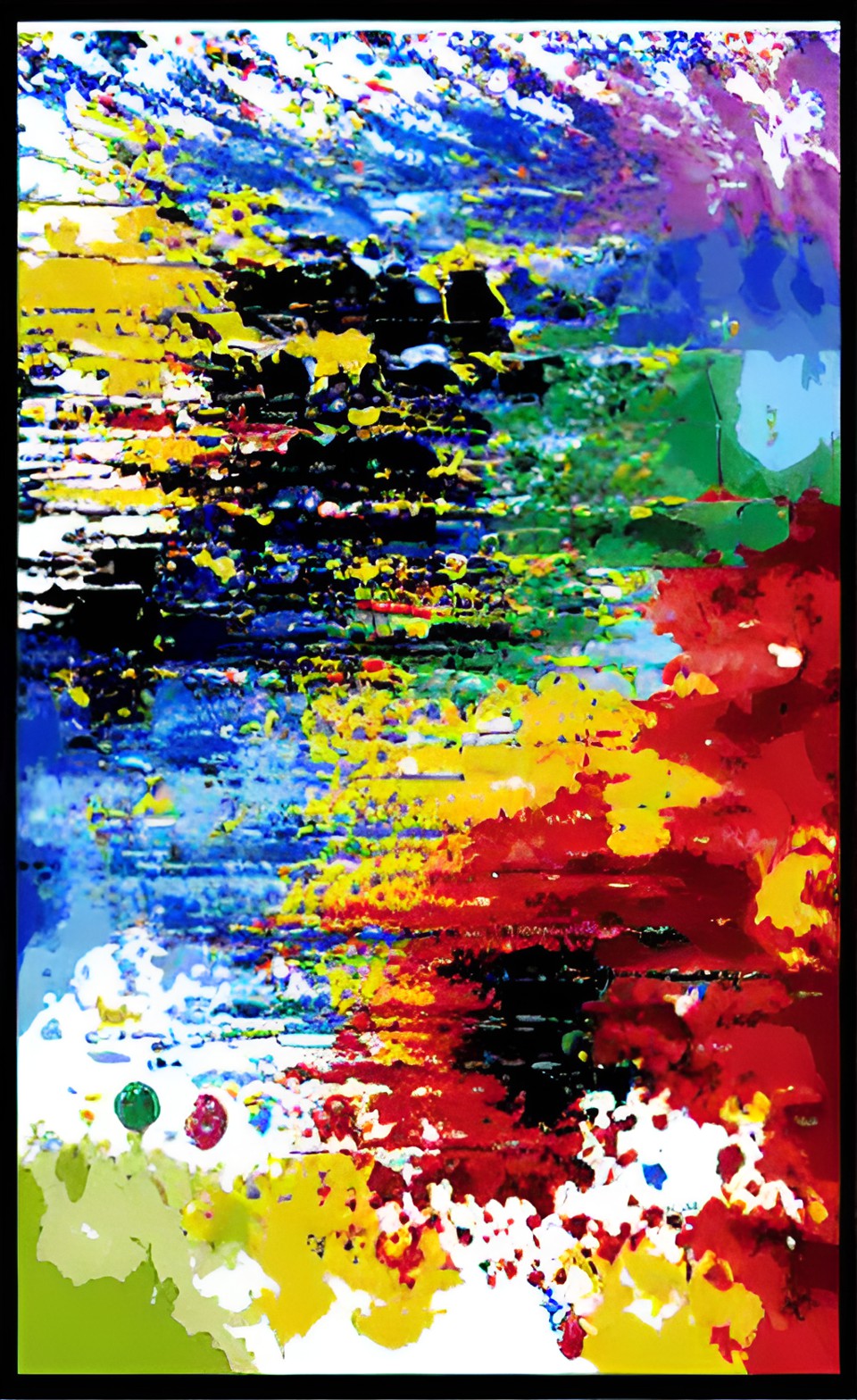 It's time to clear the air
It's time to clear the airWhat are the Schedule 2 substances?
- Schedule 2 substances don't have to be reported by every operation.
- Tables in AEIR Appendix D can help you identify relevant substances, but not all operations emit the same stuff.
The fact that a substance is emitted doesn't mean all sources emit it. Only relevant sources need to report it.
- A de minimis criterion might determine if a source emits a reportable substance (similar Schedule 1).
Schedule 2 Substance Criteria:
- Schedule 2 substances are ones that an operation emits quantifiably.
- Including substances within an operation's current emission limits, substances reported to other programs, and substances quantified by the operation.
- When monitoring or studies show a substance is emitted in non-negligible amounts, Schedule 2 is applicable.
Identifying the right emissions data quality control methods:
- Documents like EPEA approvals, modeling, and monitoring reports can help.
- Programs like the National Pollutant Release Inventory provide insight.
- Schedule 2 substances can also be identified by equipment manufacturers and suppliers.
- People who run the operation know best what's used, stored, and emitted.
Tracking industrial emissions accurately, which could lead to using the right emissions data quality control methods, requires understanding and reporting Schedule 2 substances.
3.5 Additional Prescribed Substances
The Director can add more substances, but none have been added recently. Future additions will come via written notice from the Director and won't be in the AEIR Standard.
3.6 Types of Emission Rates
In the AEIR Program, you have to report three types of emission rates:
- Actual Emissions: This is the total amount of a substance emitted to the atmosphere from a source during the year. A stack's SO2 emissions in 2022, for example.
- Typical Emissions: These are the usual or typical emissions under normal conditions, usually calculated as an hourly rate for 24 hours. Typical NOX emissions from a stack.
- The maximum hourly rate at which a substance can be emitted, taking into account emission limits and equipment specs, usually specified in an industrial operation's approval terms. You can think of it as a safety limit.
Tracking and managing air emissions constitute good emissions data quality control methods and help industries comply with regulations. Non-point sources report only annual actual rates for certain substances, while release points report all three rates. Each of these types serves a different purpose when it comes to assessing and controlling emissions. Modified conditions or regulations may change rates.
3.7 Reporting Thresholds
The AEIR Program has reporting thresholds for emissions, meaning how much pollution an industrial operation can release without submitting an AEIR. Table 3 of the AMD Reporting Chapter outlines the thresholds for each pollutant.

Here's an example: If the thresholds are exceeded...
- Industrial operations that exceed any of the Schedule 1 reporting thresholds must submit an AEIR.
- It doesn't matter if a substance's reporting threshold is exceeded, all Schedule 1 substances have to be reported.
- Nonetheless, if an industrial operation doesn't emit any Schedule 1 substances or emits them in very small amounts, it can label them as "negligible" and not report them.
Example 2: If the thresholds aren't reached...
- Industrial operations don't have to submit an AEIR if none of the Schedule 1 reporting thresholds are exceeded.
- Sending an email to confirm the Annual Emissions Inventory was prepared but didn't exceed the reporting thresholds is recommended, but not mandatory.
- This helps track submissions and make sure follow-up efforts are focused on operations that exceeded thresholds.
- These thresholds determine whether an industrial operation has to report its emissions for a given year, based on how much pollution it releases.
3.8 Comparing Annual Actual Emissions Against Reporting Thresholds
In the Annual Emissions Inventory, each Schedule 1 substance's actual annual air emissions are calculated by adding up the emissions from all sources that release that substance. The totals are then compared to specific reporting thresholds. An AEIR must be submitted if any substance exceeds its threshold.
First example: In 2022, Industrial Operation A emitted 250 tonnes of NOx, exceeding the 20-tonne reporting threshold. In other words, they have to submit an AEIR for 2022, including data on all Schedule 1 and applicable Schedule 2 substances.
Example 2: Industrial Operation B emitted 50 tonnes of NOx in 2022, also over the threshold. Even though other Schedule 1 substances didn't exceed thresholds in 2022, they have to submit an AEIR based on the correct emissions data quality control methods.
Example #3: In 2022, none of Industrial Operation C's Schedule 1 substances exceeded their reporting thresholds. Therefore, they don't have to submit an AEIR. Sending an optional notification confirming compliance is a good idea.
AEIRs are needed when the total emissions of any Schedule 1 substance exceed its threshold. Compliance with emissions reporting standards and environmental transparency are ensured.
3.9 AEIR Form
For environmental compliance, the AEIR Form is crucial. It's an Excel workbook available on AMD Resources. I'll give you an overview:
- The Intro Worksheet contains submission instructions, tips, and important info, but no data entry.
- Admin Worksheets are forms for reporting industrial operation details, both mandatory and optional.
- Worksheets for release points: Compulsory fields for equipment, pollution controls, limits, and emission rates.
- Worksheets for non-point sources: Like release points, but for non-point sources.
- Other Worksheets for miscellaneous stuff.
- Certification Worksheet which provides a Statement of Certification and signature form
- Worksheets for additional emission rates, not mandatory yet.
- Blank Worksheets: For extra info, again not mandatory.
- Every field on the AEIR Form has its own formatting and units, so your data stays consistent. Unauthorized changes can invalidate the form. You can change visual formatting (like text size, font), but you have to comply with data validation rules.
- For text fields, you can leave them blank or enter "n/a" if applicable. If a numeric field isn't applicable, leave it blank.
 Improvements to data reporting and the environment
Improvements to data reporting and the environmentHere's how to use the AEIR form:
- Tab between cells with the "Tab" key.
- You can adjust row and column sizes, zoom levels, and text formatting.
- Use the "Paste Values" function when copying data.
- You can set print areas for specific worksheets on the AEIR Form, which is digital.
- There's the PDF version of the Statement of Certification for electronic signatures.
- Use the previous year's AEIR Form for subsequent years, but update any changes, additions, or removals of information and emission rates. Make sure you reflect any changes to the emissions data quality control methods and quantification methodology that the Director has authorized.
Contact emissions.inventory@gov.ab.ca if you have ongoing errors. The AEIR Form is a vital tool for reporting emissions data accurately and efficiently.
3.10 Significant Figures and Rounding
It's important to report air emissions data accurately, considering significant figures and rounding. You need to know a bit about rounding and significant figures. These emissions data quality control methods ensure your numbers are accurate and not too detailed. Here's how to enter emissions into the AEIR Form:
- Data from CEMS (Continuous Emission Monitoring System) should be rounded based on the analyzer's capability.
- It's important that PEMS data (Predictive Emission Monitoring System) match the significance level of CEMS data.
- As per the Alberta Stack Sampling Code, source sampling air emissions must be rounded.
- Other air emissions data should be rounded based on the precision of the measurement method.
- Calculated air emissions should be rounded to the smallest number of significant figures from the input data.
Here are some general rounding rules:
Increase the last significant figure by one and truncate the digits to the right if the digit after the last significant figure is 5.
Keep the last significant figure as is and truncate the digits to the right if the digit after it is less than 5.
Say, for example:
- In the AEIR Form, 1.27 becomes 1.3.
- Before entering, 1.250 becomes 1.3.
- Before entering, 1.248 becomes 1.2.
Emission limits and performance targets shouldn't be rounded; they should follow the decimal places specified in the EPEA approval. The maximum emission rates calculated based on limits should, however, be significant.
Latitude and longitude coordinates must be reported precisely with a precision of five decimal places (e.g., 53.53610, -113.50340).
Significant figures and rounding are emissions data quality control methods that help AEIR Program emissions data remain accurate and consistent. Using them maintains the appropriate level of detail without being overly precise.
3.11 Reported Units and Unit Conversions
Reporting emissions data using the right units and conversions is crucial for the AEIR Program. So here's what you need to know:
Reporting Units: Each field on the AEIR Form specifies the reporting units. You might have to convert numeric values before entering them. AMD Reporting Chapter Section 3.2.3 outlines unit conversion requirements that must follow generally accepted scientific principles.
There are three types of emission rates:
- Actual Emission Rate: Reported in tonnes per year.
- The normal emission rate is reported in tonnes per day.
- The maximum emission rate is reported in kilograms per hour.
These are some common conversion factors for these emission rates. For annual actual emission rates:
- 0.000001 tonne = 1 gram
- 0.001 tonne = 1 kilogram
- 0.00045359237 tonne = 1 lb
- A short ton is 0.90718474 tonnes
- A second is 3.17098e-8 years
- There are 1.90259e-6 years in a minute
- An hour is 0.000114155 years
- There are 0.00273973 days in a year
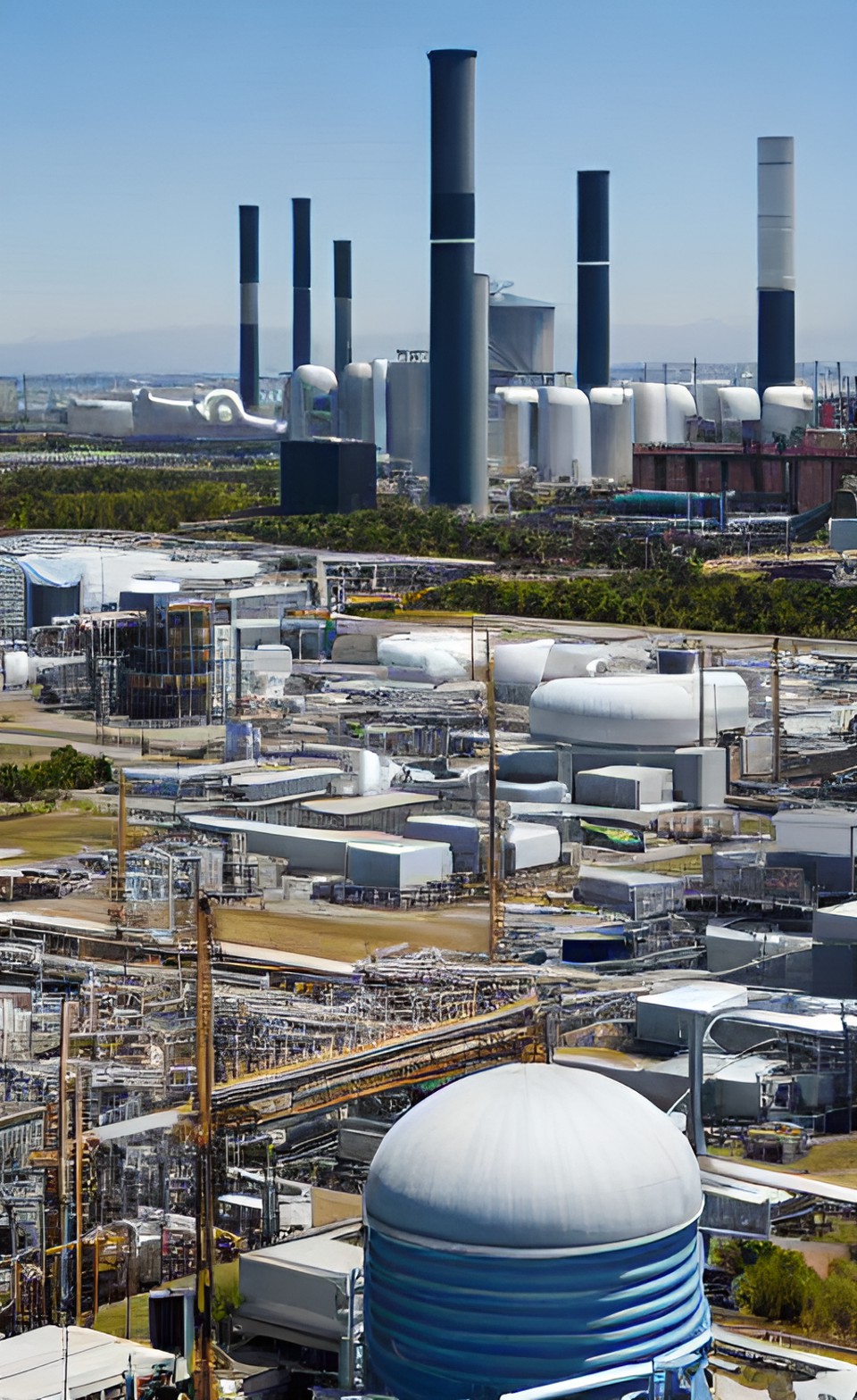 Quality control for industrial data
Quality control for industrial dataIn case of normal emissions, the conversions are the same as Annual Actual Emission Rate, but the time period is different.
- Maximum emission rate:
- 1000 kilograms = 1 tonne
- Grams are 0.001 kilograms
- The weight of 1 pound is 0.453592 kilograms
- There are 907.185 kilograms in a short ton
- A second is 0.000277778 hours
- A minute is 0.0166667 hours
- 24 hours in a day
- 8760 hours in a year
Coordinates: The AEIR Form requires latitude and longitude. Decimal coordinates in NAD83 format with at least five decimal places. Corners/vertices of building tiers are reported in UTM northings and eastings. There are free online tools for coordinate conversion, but you should check the converted coordinates with mapping or GIS software.
To summarize these emissions data quality control methods, accurate reporting of emissions data in the AEIR Program requires the right units and conversions. Reports are consistent and reliable this way.
3.12 De Minimis and Negligible Sources
The AEIR Program requires industrial operations to make a reasonable effort to comply. The best information about emissions should be provided, not just direct measurements. It might not be worth it to report very tiny sources of emissions at an industrial site if the environmental benefits are negligible. There are specific de minimis values:
- Schedule 1 substances should account for at least 98% of emissions and not exclude more than 2%.
- Schedule 2 substances should account for at least 95% of emissions and not exclude more than 5%.
These values only apply to actual emissions, not normal or maximum.
Sources you can ignore:
Negligible sources are also very small emitters at industrial sites.
Measuring these sources might be more work than it's worth for the environment. You can declare negligible sources, but only for actual emissions, not normal or maximum.
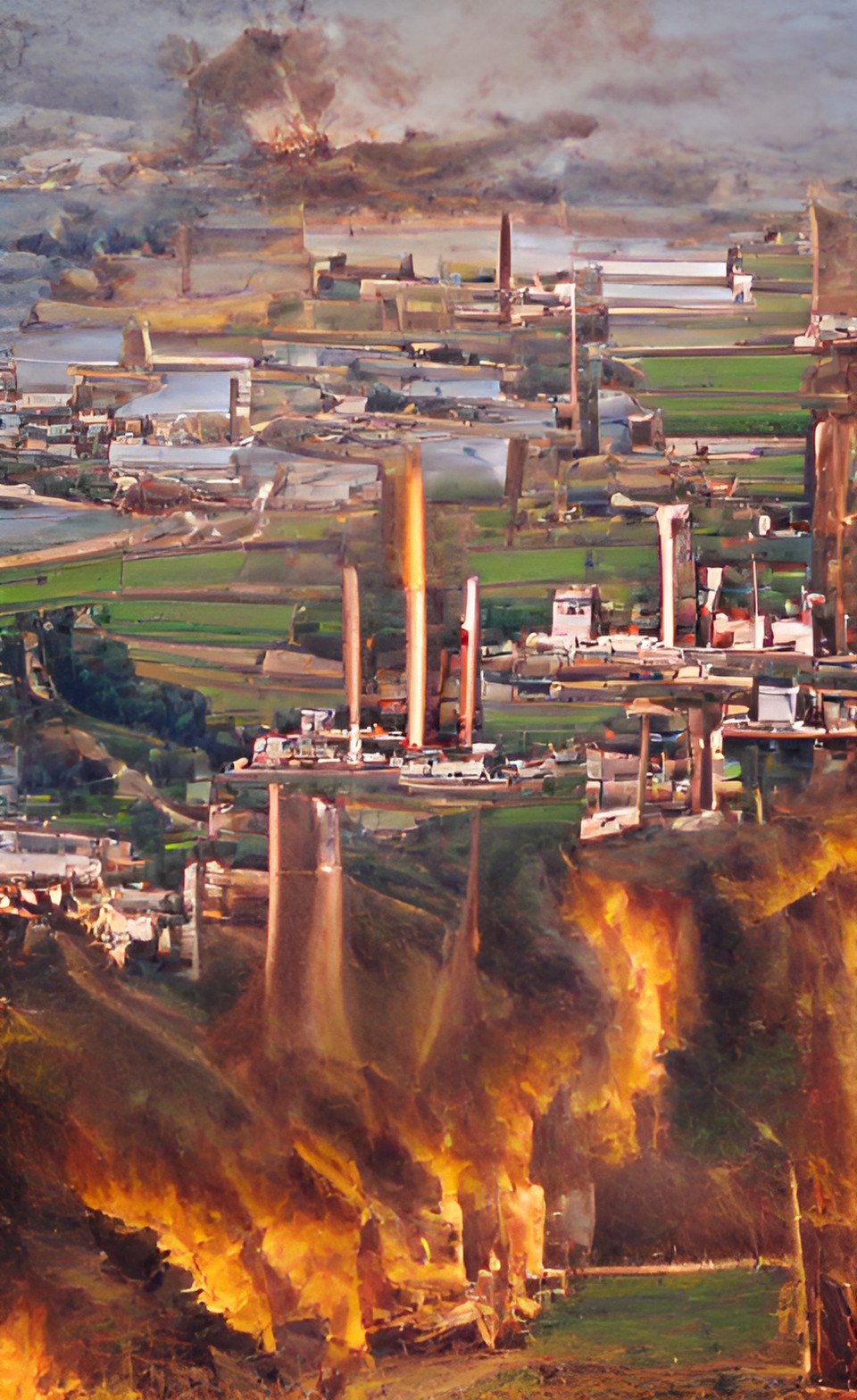 Priorities for the AEIR Program's emissions reporting
Priorities for the AEIR Program's emissions reportingTo declare a source negligible, you have to meet these conditions:
- A minor piece of equipment or one that doesn't operate very often.
- It emits very little during the year, typically less than 1% of the total emission for that substance.
- The total emissions from all declared negligible sources can't exceed 2% (for Schedule 1 substances) or 5% (for Schedule 2 substances).
Actual emissions from negligible sources can be excluded from the AEIR Form, but normal and maximum rates still need to be reported. Unless they didn't operate at all, flares aren't negligible sources.
Negligible sources must be treated as non-negligible if their emissions exceed 2% or 5% of the total as outlined above. The AEIR Form needs to explain why a source is negligible, and the Quantification Methodology Document needs supporting information.
Some examples:
An emergency generator only ran 4 hours a year, emitting very little NOx. Because it meets all the criteria, it can be declared negligible.
Together, ten small natural gas space heaters emit tiny amounts of NOx and CO. They emit less than 1% of these substances collectively, so they're negligible.
Here are some important notes:
- Negligible sources need to be re-evaluated every year to make sure they still qualify.
- De minimis and negligible source options shouldn't be used to avoid reporting larger sources. This simplifies reporting for very small sources while still protecting the environment.
3.13 Negligible Schedule 1 Substances
A little background:
These are special emissions data quality control methods for when there is very little of a particular substance coming from your place. Not all substances are significant enough to warrant detailed reporting under the AEIR Program. There are times when substances are emitted in such small quantities that reporting them doesn't help.
Negligible Schedule 1 Substances:
If an industrial operation exceeds reporting thresholds for any Schedule 1 substance, they have to report emissions for all eight Schedule 1 substances, even if some have lower emissions. When an operation doesn't have significant emissions of all eight Schedule 1 substances, they can declare one or more as negligible and skip detailed reporting. Basically, the person in charge of the industrial operation has to decide if a Schedule 1 substance is negligible.
Negligible status assessment:
The assessment doesn't have to be extensive; often, the person responsible already knows which substances are negligible. A Schedule 1 substance can be considered negligible if the annual emissions are much lower than half the annual reporting threshold.
To identify negligible substances, here are the annual threshold values:
 Substances listed in Schedule 1 with negligible assessment values
Substances listed in Schedule 1 with negligible assessment valuesNegligible Schedule 1 substances:
- Schedule 1 substances don't need detailed reporting if they're deemed negligible.
- In the Quantification Methodology Document, you get to explain why it's negligible.
For example, if an industrial operation rarely uses sulfur and emits very little SO2 (about 3.4 tonnes per year, well below the 10-tonne threshold), they can declare SO2 negligible. The AEIR Form and supporting document explain this.
Annual review:
Negative status should be reviewed every year to make sure it still applies. In the future, the substance might need to be reported. As a result, substances won't escape reporting if they become significant.
To sum it up:
- Substances on Schedule 1 that aren't considered harmful are those that are emitted in very small amounts.
- The emissions of a substance must be much lower than half of the annual reporting threshold to be deemed negligible.
- AEIR Form and Quantification Methodology Document should include supporting information.
- The negligible status needs to be reviewed every year.
3.14 Emissions data quality control methods - Detection Limit
Sometimes our instruments can't detect really small emissions. The Method Detection Limit (MDL) is the tiniest amount a monitor can pick up. Below this limit, it's hard to tell if the substance is really there.
When you get low measurements, do these things:
- For emission calculations, we assume the substance is half the MDL if we know it's there.
- If the substance is unlikely to be there, we assume its amount is zero and skip including it in emissions calculations.
3.15 Environmental Standards
The ISO (International Standards Organization) has guidelines (ISO 14064) for greenhouse gas inventories. These principles aren't mandatory for the AEIR Program, but they can help. There's no need for ISO certification.
You must prepare an Annual Emissions Inventory Report (AEIR) if you're an industrial facility in Alberta subject to the Environmental Protection and Enhancement Act (EPEA). Calvin Consulting Group Ltd. provides expert consulting services to assist with this regulatory requirement, ensuring compliance and accuracy.
For your AEIR submissions, Calvin Consulting Group Ltd. is a great choice. Why?
- Emissions Reporting Expertise
- Data quality assurance
- Adhering to standards
- Comprehensive information sources
- Ongoing support throughout the entire reporting process
Assuring compliance with regulatory standards and navigating complicated emissions reporting requirements is what we do for industries.
If you would like to learn more about our consulting services for Annual Emissions Inventory Report submissions, please contact Calvin Consulting Group Ltd. at
We can help you streamline this process and comply with regulations.
Clean air is our Passion...Regulatory Compliance is our Business.
Learn about quality control needed for preparing and submitting good atmospheric emission data.
This includes reporting thresholds, classifications for substances and emission rates. See how to report emissions data accurately, comply with regulations, and maintain transparency. Tracking and managing air emissions is better handled if you keep these methods in mind.
Do you have concerns about air pollution in your area??
Perhaps modelling air pollution will provide the answers to your question.
That is what I do on a full-time basis. Find out if it is necessary for your project.
Have your Say...
on the StuffintheAir facebook page
Other topics listed in these guides:
The Stuff-in-the-Air Site Map
And,
Thank you to my research and writing assistants, ChatGPT and WordTune, as well as Wombo and others for the images.
GPT-4, OpenAI's large-scale language generation model (and others provided by Google and Meta), helped generate this text. As soon as draft language is generated, the author reviews, edits, and revises it to their own liking and is responsible for the content.


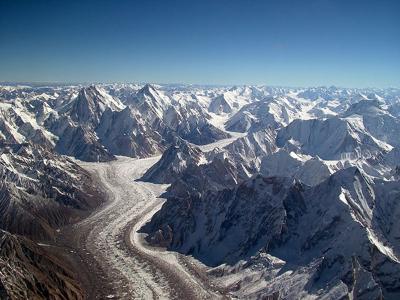
New! Comments
Do you like what you see here? Please let us know in the box below.